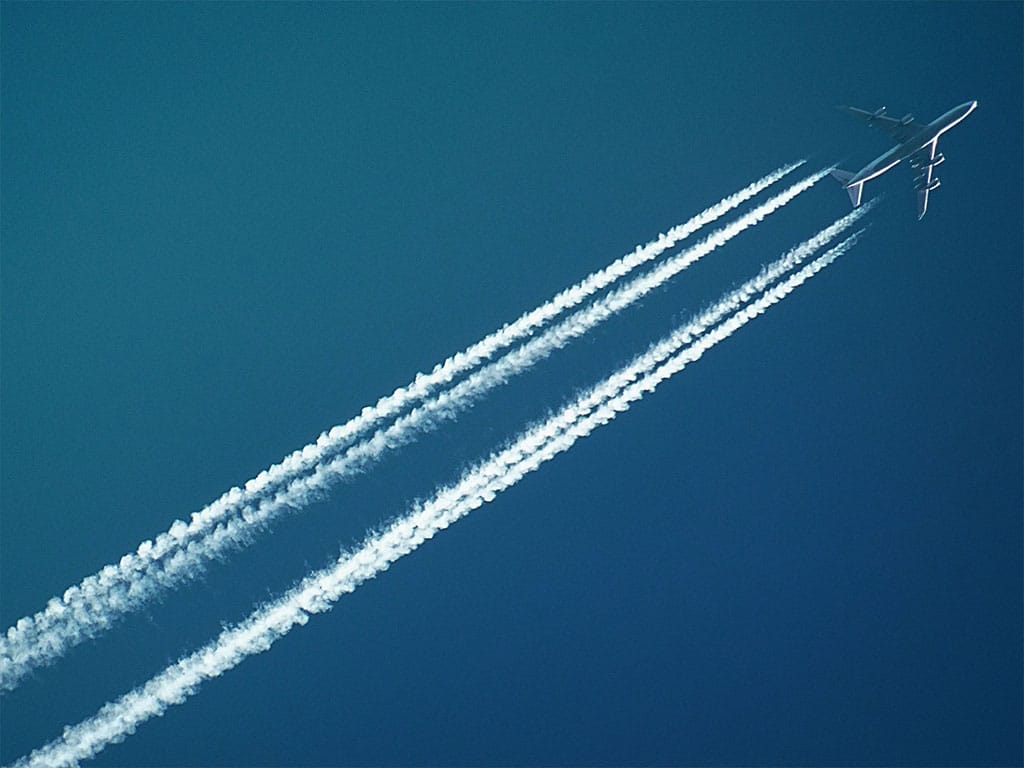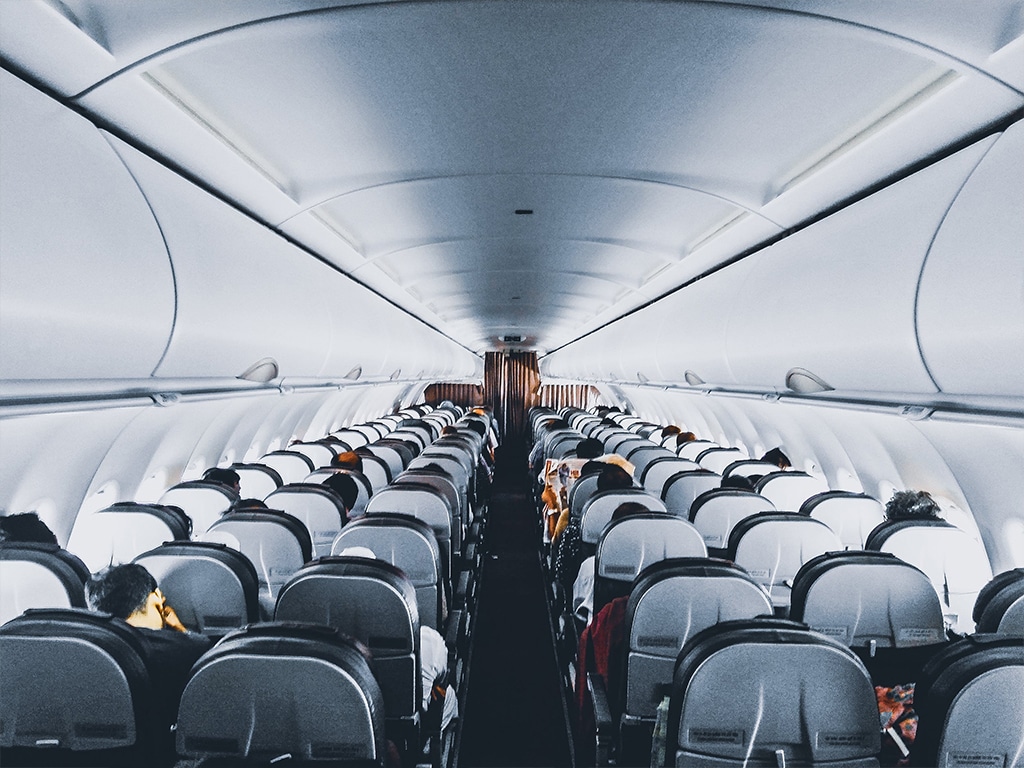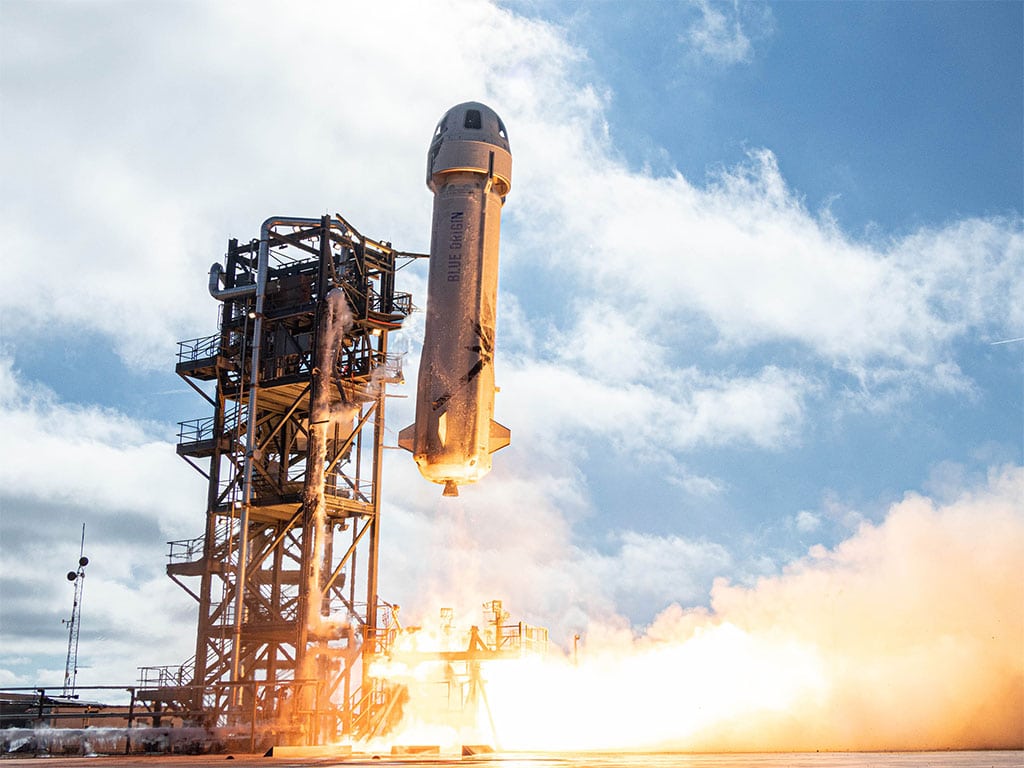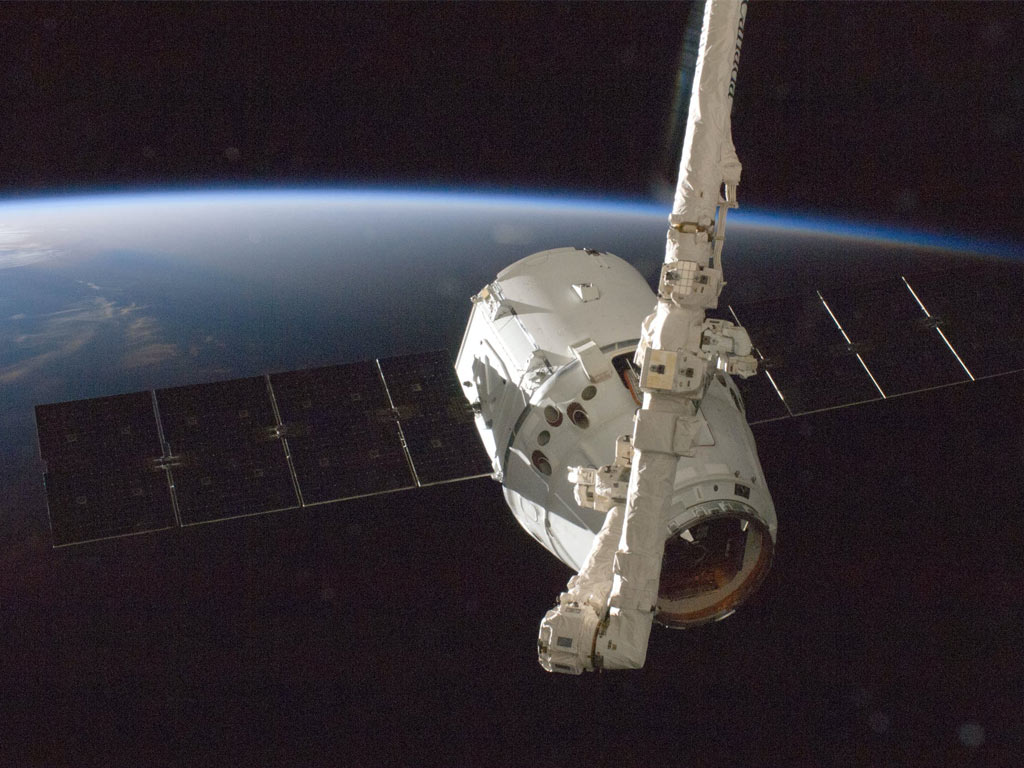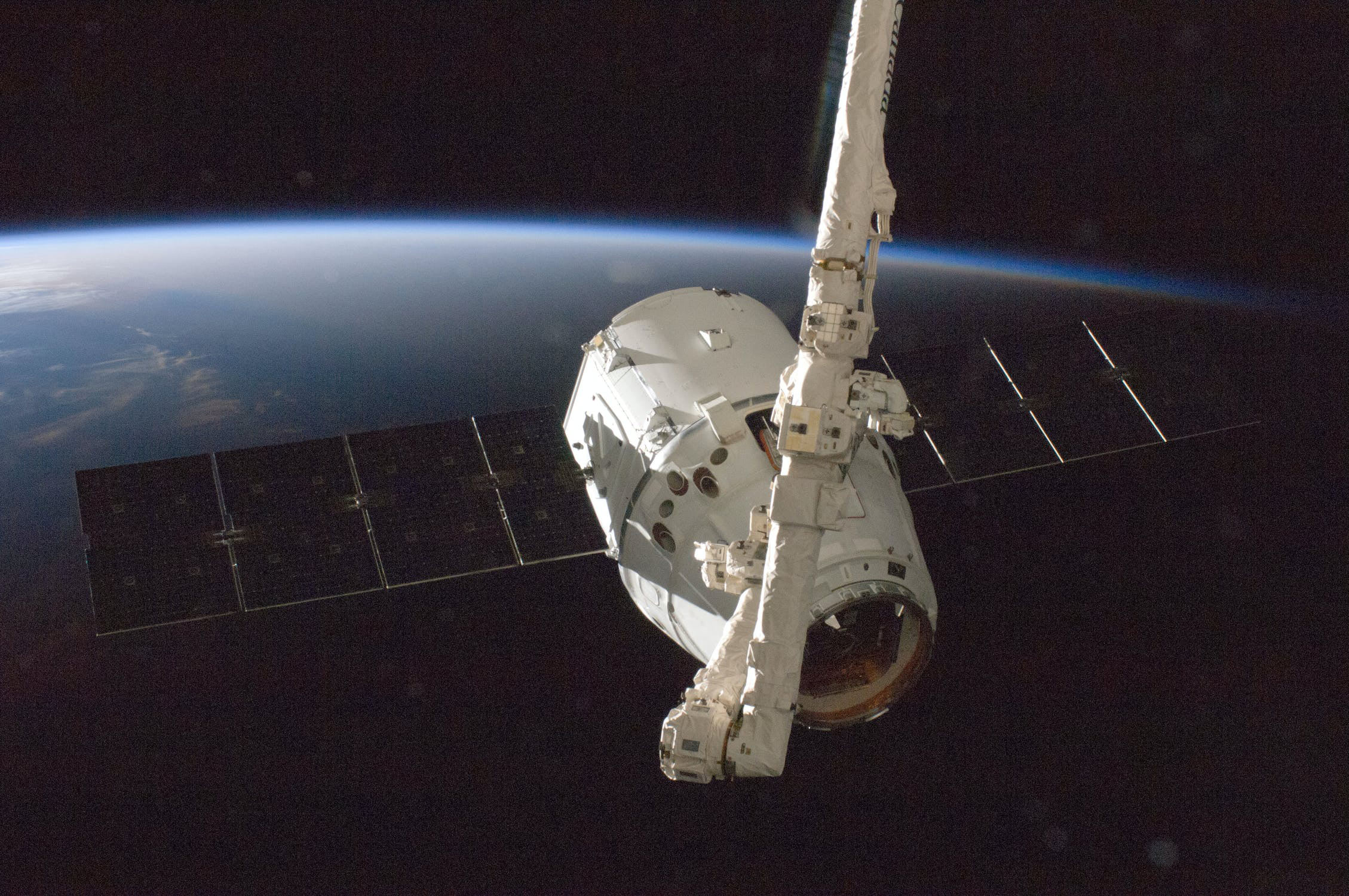Airbus, the largest aircraft manufacturer in the world, is patenting ways to improve planes’ fuel economy without modifying the vessels themselves. The European company says fuel savings can be achieved by simply having one aircraft flying behind another.
During flight, all aircraft are required to adhere to separation standards. These include an airspace’s prescribed minimum distance between planes, to minimize the risk of collision and turbulence due to wake vortices. A wake vortex is a direct and automatic consequence of each wing’s generation of lift, amplified according to a plane’s weight. The rolling airflow in the wake of a large aircraft can cause sudden uncommanded roll moments which, in extreme cases, can cause pilots to lose control of a plane on a close trail.
However, Airbus states that, if approached correctly, wake vortices can translate to fuel savings for trailing aircraft.
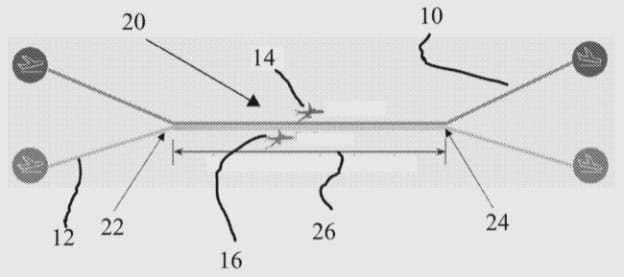
A schematic representation of two overlapping flight plans that may be analyzed according to an embodiment of Airbus’s invention.
The process outlined in Airbus’s U.S. patent application begins by pairing two aircraft together, taking into account their respective weight and speed envelope—factors that help dictate their airborne capabilities. Pairs are taken from a database of flight plans, and vessels are designated as either leader aircraft or follower aircraft.
New flight plans are prepared for both planes, ones that include an overlapping, common ground section wherein the follower aircraft flies in an upwash region of the leader aircraft’s wake vortices. The planes would be within 3 nautical miles (NM) of each other during the overlapping section, flying at synchronized speed and altitude.
Airbus explains that the follower aircraft can realize lower fuel expenditure at a wake vortex center: the point where wake vortices from both the leader aircraft’s wings have moved closer to each other. By flying in formation behind the leading aircraft, the follower aircraft benefits from the upward winds generated relative to a wake vortex center.
When drawing up new flight plans, Airbus notes that only up to 700 NM may be added to the follower aircraft’s route. Also, the pair of vessels may not be further than 300 NM at the beginning of the overlapping section. If these criteria are not met, and if calculations do not point to net fuel savings, the system does not alter the flight plans.
The patent application points to existing devices that calculate the circulation strength of wake vortices generated by planes, but Airbus claims no system brings together potential pairs of vessels from their initial points of flight, and arranges a fuel-saving formation for them.
Implementation of Airbus’s proposed system would need to involve the government entities responsible for approving airlines’ flight plans. Another challenge cited by the patent application is the sheer number of flights that may be examined for pairing; between two and three thousand planes fly across the North Atlantic each day, the document points out.
Depending on the type of passenger plane, international flights consume about 1 gallon of fuel per second, each gallon currently priced at about $4.50. Improving fuel efficiency is a worthwhile economic and environmental goal, and Airbus’s patent application may be a way to turn a harmful element in the wake of every airborne vessel into a beneficial strategy for the aviation industry.
The featured patent application, “Processes for Saving Fuel for an Aircraft Flight”, was filed with the USPTO on November 18, 2020 and published thereafter on June 24, 2021. The listed applicant is Airbus SAS. The listed inventors are Imad Lebbos and Daniel Percy.
